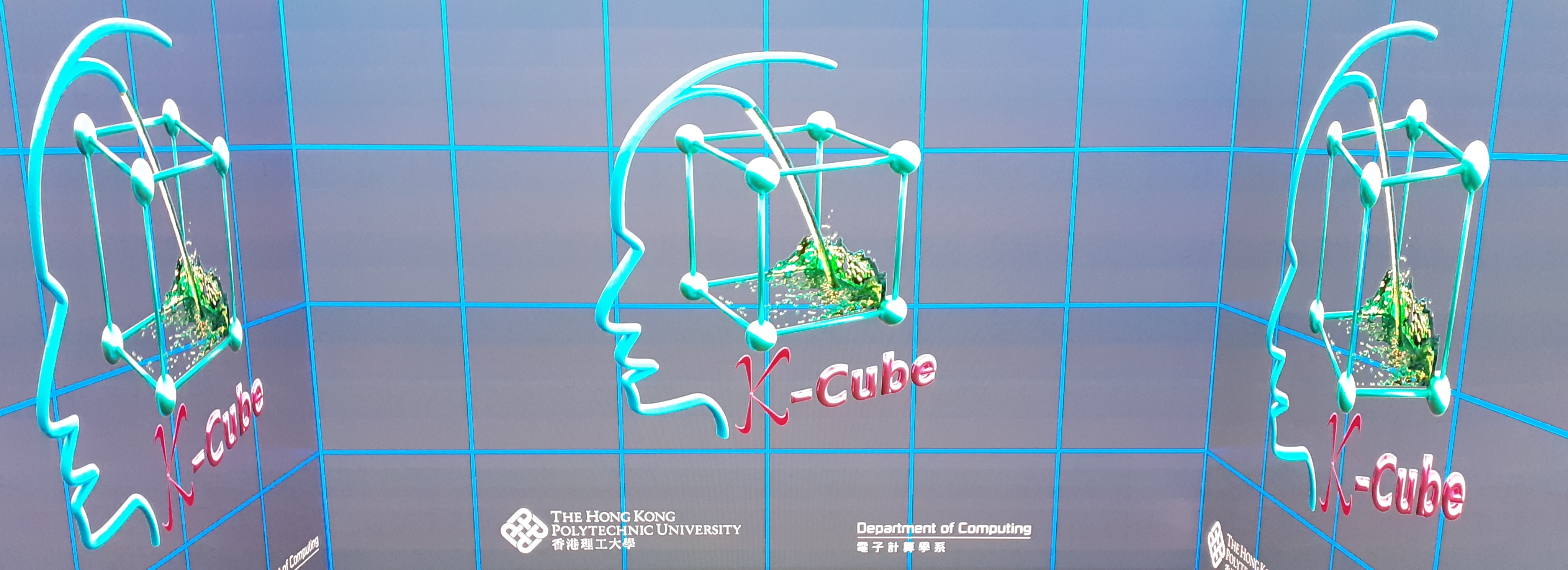
K-Cube CAVE
The CAVE Automatic Virtual Environment (CAVE) was originally designed and built by Carolina Cruz-Neira, Daniel J. Sandin, and Thomas A. DeFanti [1] in 1992, at the University of Illinois, Chicago, in the Electronic Visualization Laboratory. The system was first described in the seminal paper "The CAVE: Audio Visual Experience Automatic Virtual Environment," Communications of the ACM, Volume 35, Number 6, pages 64–72, doi:10.1145/129888.129892. We use the VotanicXR CAVE a second generation state-of-the-art display technology system that provides a fully immersive virtual reality experience by constructing images on multiple walls and floors in a room-sized space using modular LED tiles to form a scalable and versatile immersive environment.
The Votanic CAVE technology is a cutting-edge immersive virtual reality system that enables users to explore and manipulate virtual environments in a cave-like space. The system can be easily adapted to different use cases and applications, such as training, simulation, design, entertainment, and education. CAVE systems are highly flexible and can integrate with various peripheral devices and accessories to enhance the user experience. The CAVE VR technology is one of the most advanced and cost-effective solutions for immersive virtual reality. It has contributed to numerous studies, both technical and social, in immersive VR environments for education, training, and health applications.
The CAVE VR platform creates an immersive virtual environment inside a cave-like structure. It has been applied in various fields such as engineering, medicine, entertainment, and education. CAVE systems can be easily rearranged and customized for different purposes. They also allow for the use of various devices and accessories to enhance the VR experience. The CAVE VR is an emerging immersive technology that offers many benefits and opportunities for users. In this project, we explore the use of a CAVE immersive environment to expose children to a hospital environment before they are admitted for treatment. Their exposure diminishes their fears and anxiety associated with an unfamiliar hospital environment.
